SNAS854 February 2023 TDC1000-Q1
PRODUCTION DATA
- 1 Features
- 2 Applications
- 3 Description
- 4 Revision History
- 5 Pin Configuration and Functions
- 6 Specifications
- 7 Parameter Measurement Information
-
8 Detailed Description
- 8.1 Overview
- 8.2 Functional Block Diagram
- 8.3 Feature Description
- 8.4 Device Functional Modes
- 8.5 Programming
- 8.6 Register Maps
- 9 Application and Implementation
- 10Device and Documentation Support
- 11Mechanical, Packaging, and Orderable Information
Package Options
Mechanical Data (Package|Pins)
- PW|28
Thermal pad, mechanical data (Package|Pins)
Orderable Information
6.8 Typical Characteristics
At TA = 25°C, unless otherwise noted.
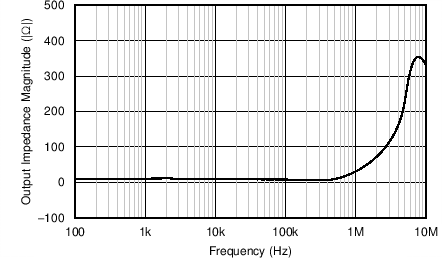
| VDD = VIO = 3.7 V | Capacitive Feedback Mode | RL = 1 kΩ |
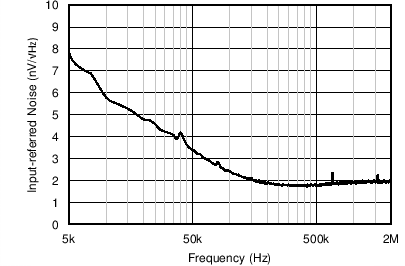
| VDD = VIO = 3.1 V | Capacitive Feedback Mode | RL = ∞ |
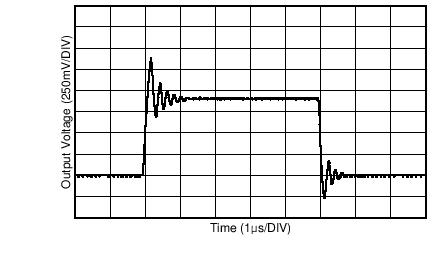
| VDD = VIO = 3.7 V | Resistive Feedback Mode | RL = 1 kΩ |
| VIN = 100 mV | fIN = 100 kHz | |
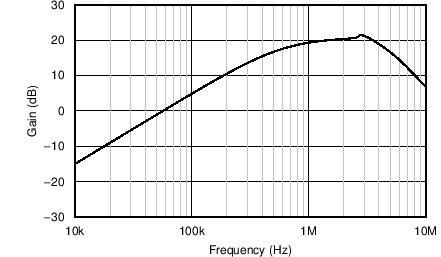
| VDD = VIO = 3.7 V | Capacitive Feedback Mode | RL = 100 kΩ |
| CIN = 300 pF |
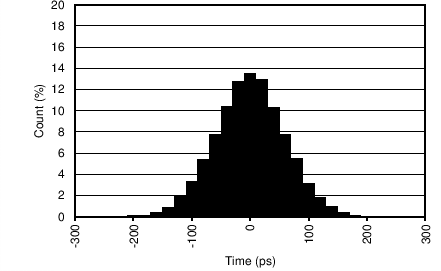
| VDD = VIO = 5 V | LNA Capacitive Feedback Mode | PGA Gain of 6 dB |
| VIN = 100 mV | fIN = 1 MHz | |
| (See GUID-72D520D8-3AB2-4ABC-B20F-282E41D31FC0.html#SNAS6485768) | Count ≥ 10000 |
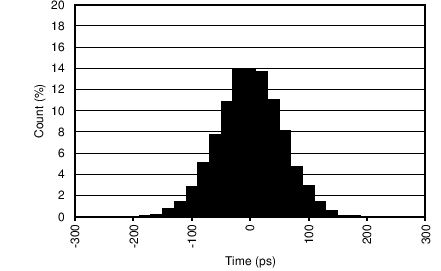
| VDD = VIO = 3.7 V | LNA Capacitive Feedback Mode | PGA Gain of 6 dB |
| VIN = 100 mV | fIN = 1 MHz | |
| TA = –40°C | (See GUID-72D520D8-3AB2-4ABC-B20F-282E41D31FC0.html#SNAS6485768) | Count ≥ 10000 |
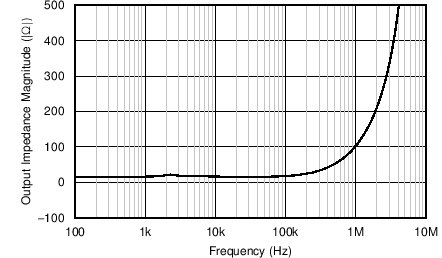
| VDD = VIO = 3.7 V | Gain of 21 dB | RL = 1 kΩ |
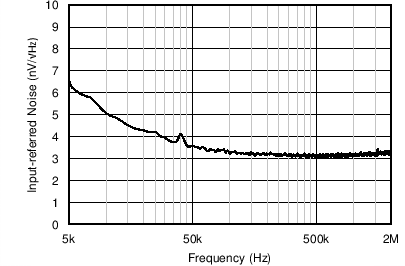
| VDD = VIO = 3.7 V | Gain of 21 dB | RL = ∞ |
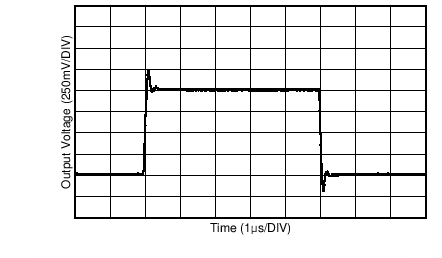
| VDD = VIO = 3.7 V | Gain of 21 dB | RL = 100 kΩ |
| VIN = 100 mV | fIN = 100 kHz | |
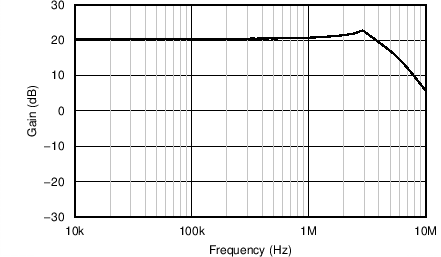
| VDD = VIO = 3.7 V | Gain of 21 dB | RL = 100 kΩ |
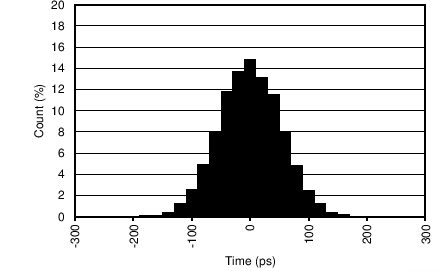
| VDD = VIO = 3.7 V | LNA Capacitive Feedback Mode | PGA Gain of 6 dB |
| VIN = 100 mV | fIN = 1 MHz | |
| TA = 25°C | (See GUID-72D520D8-3AB2-4ABC-B20F-282E41D31FC0.html#SNAS6485768) | Count ≥ 10000 |
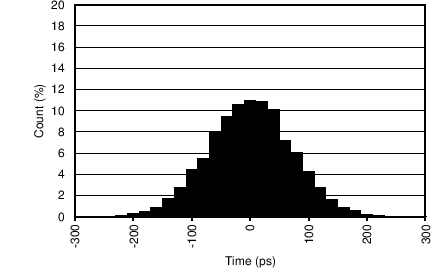
| VDD = VIO = 3.7 V | LNA Capacitive Feedback Mode | PGA Gain of 6 dB |
| VIN = 100 mV | fIN = 1 MHz | |
| TA = 125°C | (See GUID-72D520D8-3AB2-4ABC-B20F-282E41D31FC0.html#SNAS6485768) | Count ≥ 10000 |